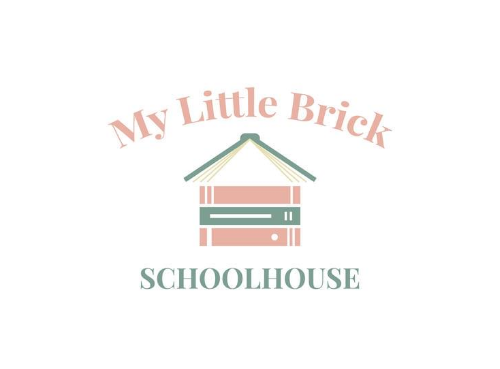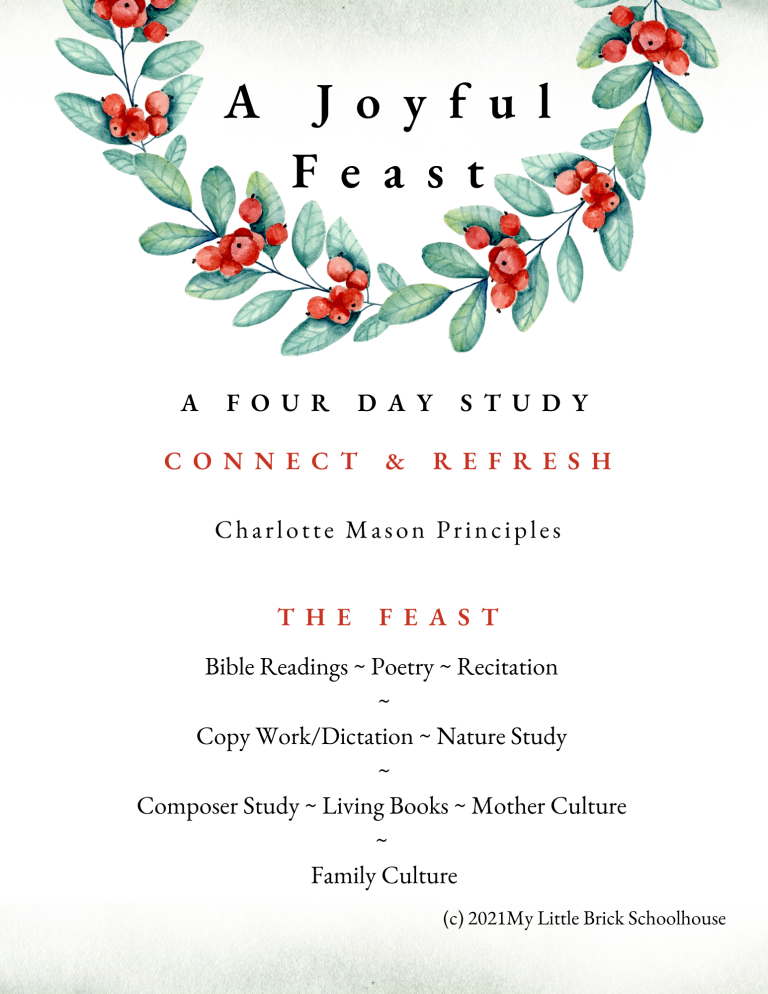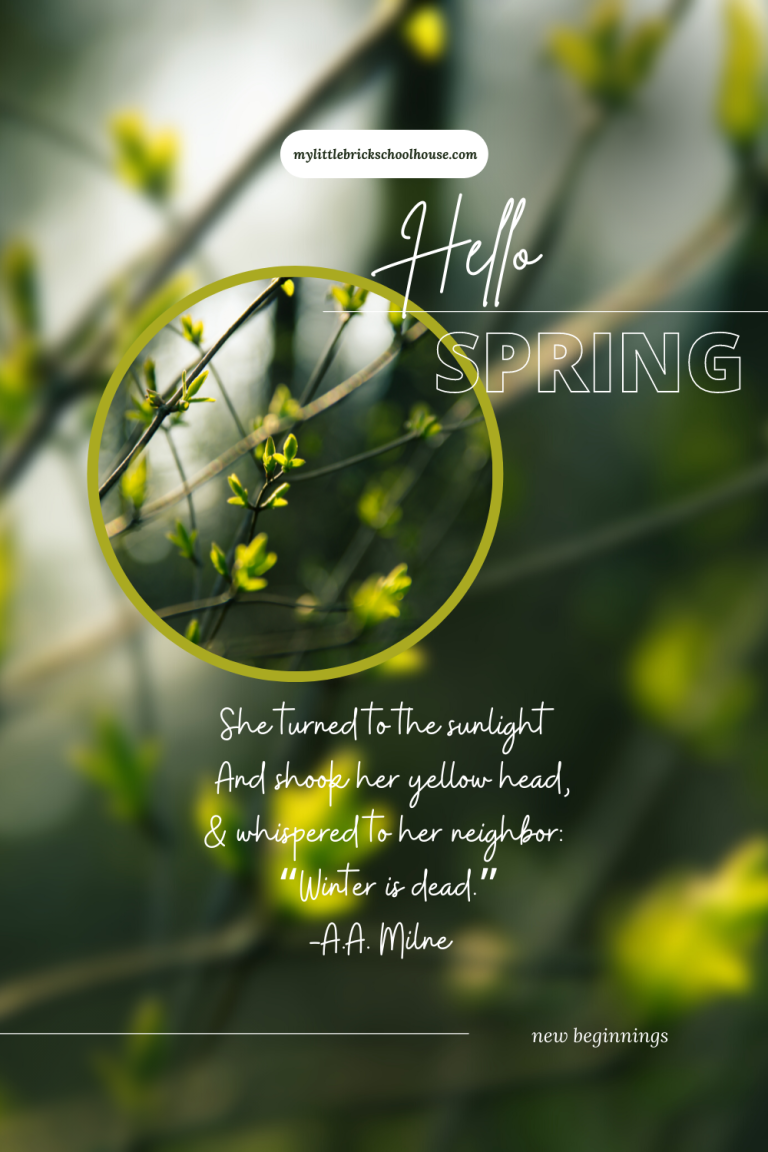What I Use In My Charlotte Mason Co-op: Nature Study
Disclosure: As an Amazon associate, I may earn a commission from the purchase of these resources, at no additional cost to you. Thank you so much!
If you’re looking for a FREE mini-unit for autumn nature study, be sure you read to the end of this post!
I decided to use Exploring Nature With Children by Lynn Seddon this year for our Charlotte Mason co-op. From the Raising Little Shoots website, I have copied a description of the curriculum:
“Exploring Nature With Children is a complete, year-long curriculum designed to guide you, step by step, through an entire calendar year of nature study. Completely self-contained, this book has all the information you need to make nature study happen regularly for your family.
Exploring Nature With Children contains:
- An entire chapter devoted to getting you up and running with nature study.
- Forty-eight weeks of themed and guided nature study; four weeks for each month of the year, organised by season. Exploring Nature With Children can be used as a whole year’s study, or dipped in and out of as you please.
Each week’s guided study contains the following:
- A themed nature walk.
Exploring Nature With Children will take you step by step through a themed, Charlotte Mason-style, nature walk. There is no need to hunt through various books and websites; all the information you need is there, leaving you free to enjoy being out in nature with your child.
- References to the Handbook Of Nature Study.
Exploring Nature With Children is completely self-contained, but includes references to related pages in the Handbook Of Nature Study by Anna Botsford Comstock, should you wish to delve a little deeper.
- A themed book list.
With books for children of all ages, you will find a comprehensive list of living books related to the week’s nature study theme. Exploring Nature With Children is a self-contained course, so the book list is an extra tool, not a necessity.
You will also receive the booklist compiled separately, should you wish to use it as an additional planning tool.
- A poem
Related to the nature theme of the week; a classic piece of poetry that can be used for copywork, dictation, or simply to just read aloud and enjoy.
- A piece of art
The name and details of a piece of art that relates to the nature theme of the week has been included. This can easily be looked up online, or in art books available from your local library.
- Extension activities for your child
Here you will find a list of activities, written directly to your child, that will extend their nature study throughout the whole of the week. You will find ideas for crafts, writing, science, maths, and more, with absolutely no busy work.”
What Works For Us
As with any pre-made lesson, I try to use a lens of discernment. I want to only incorporate the pieces that will work well in our group of about 30 people (parents and students). In keeping with Charlotte Mason tradition, I do incorporate nature walks, nature journaling and poetry.
However, I needed to adapt this study to fit the needs of a group of restless elementary students. So I decided to add my own questioning at the beginning of each lesson, along with a few engaging activities that will get my students up and moving! Let’s be honest, what third grade child wants to sit still for 20 minutes while I talk to the students about trees?
I believe Charlotte Mason would agree.
Here is a sample lesson plan I am going to use with my nature co-op. We are going to be learning about trees. I pull from a lot of different resources. Some of these are listed in Exploring Nature With Children, while others I have found myself.
One such place where I’ve found some high quality, FREE lesson aids/unit studies has been The Homeschool Compass.
Check out their FREE unit studies and printables.
I adapted their Tree Unit Study to fit our Charlotte Mason co-op’s needs – the need to engage, to move around, and the need for a visual aid.
These visual aids are aesthetically-appealing and educational.
Here is what I have decided to use from The Homeschool Compass Tree Unit Study:
- Tree Flash Cards
- Types of Trees Encyclopedia
- Shapes of Trees Activity
- Deciduous vs. Coniferous Trees Worksheet
- Life Cycle of Trees Activity

Books I Use for Nature Study Lesson
I try to collect some good picture books that go along with the theme when I teach at co-op. I select one book per lesson to read aloud, and then showcase the rest, pointing out our favorites. Here is our list for the tree lesson:
Once There Was A Tree by Natalie Romanova
Tree Flowers by Millicent Ellis
Trees, Leaves and Bark by Diane L. Burns (this is the one I’m featuring this lesson!)
Be A Friend to Trees by Patricia Lauber
Why Do Plants Have Leaves? by Celeste Bishop
Which ones would you add?
To engage the students at the beginning of the lesson, we usually play some sort of game or matching activity. I use this game to engage them in our tree lesson:
Match a Leaf: A Tree Memory Game
Sample Lesson
Ice Breaker: What type of tree is your favorite? If you don’t know the name, describe it.
Engage: Pass out Match A Tree cards so that there are an even number and each person has a matching leaf picture to his or her respective tree. Have children find their matches (each child has 1 match). It requires reading, so have parents help the little ones.
What do you notice about your tree and its leaves? Take turns sharing.
Activate Prior Knowledge: Read aloud Trees, Leaves, and Bark by Diane L. Burns (explain how a field guide is useful)
Don’t read word-for-word, but make a point to highlight common trees to NC:
Intro.
oak, maple, paper birch, shagbark hickory
douglas fir, pine, cedar
Display flash cards for each tree on the board.
If you could categorize the first group of trees and the second group of trees, how would you do so? Discuss with a neighbor.
Nature Walk: Have family groups find a special tree to observe and take note of leaf shape, make a crayon rubbing of a leaf from the tree. Take note of the bark, make a crayon rubbing of bark. Take note of fruit or seeds. Quick sketch of fruit, seeds, and entire tree.
Come back to discuss. What did you learn about your tree?
Have students try to identify their trees. Spread out the flashcards from Homeschool Compass Tree Study. Students can look at these, or they can read descriptions in their packets (from The Homeschool Compass).
Guide students through categorizing trees:
-Shapes of Tree: spreading, pyramidal, vase, round, weeping, columnar (Homeschool Compass Study).
-match the shape to the word (no peeking) by drawing a line.
Where does your tree fit? Into which category?
-Tree categories: Deciduous/hardwoods vs. Coniferous/softwoods
-write D or C and circle deciduous trees
Is your tree deciduous or coniferous?
-Life Cycle: How do conifer and deciduous differ? (study chart with a partner)
Draw the life cycles and leave out a step on purpose. Have students complete it.
If you haven’t yet done so, draw your entire tree that you are studying as it is in the autumn in your nature notebook.
Label: Autumn
Name of tree
Date
Location
Weather
Categories
(deciduous/coniferous; shape; height estimate)
Look in Handbook pgs. 622-624 if you need more help.
Poem: Autumn Fancies
Break up into 4 groups (4 stanzas) each group reads aloud assigned stanza. Practice reciting and then come together as a big group to recite stanza as part of the whole poem.
If possible, have poetry recitation involve pointing to or holding up flash cards of trees in poem.
Last question: What is one thing you learned today?
Challenge: find your tree in another spot near home and observe it over the year.
Draw winter, spring, summer pictures, if able.
Looking for More?
Here is another Charlotte Mason nature study mini-unit for autumn I think you might enjoy, FREE!
For more freebies like this one, please subscribe to my email community!






